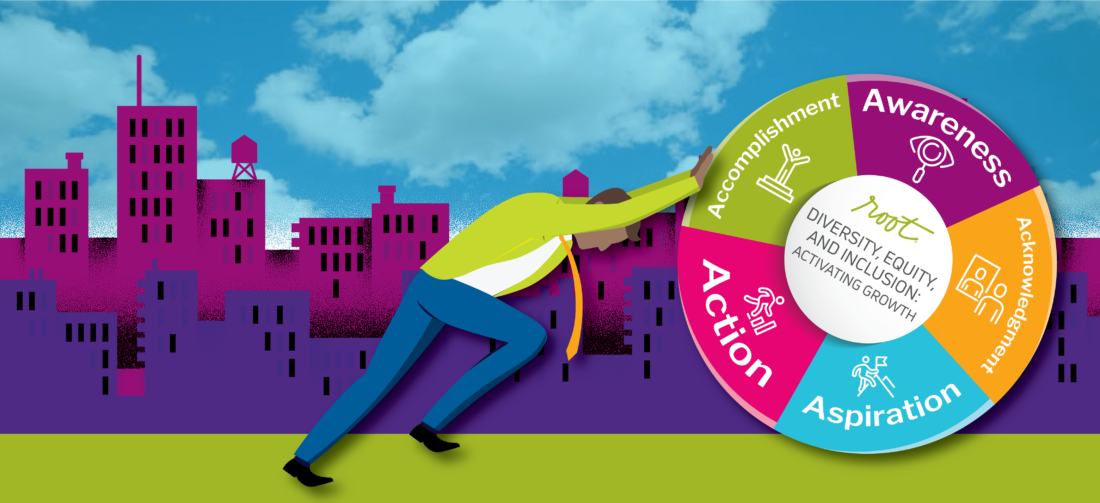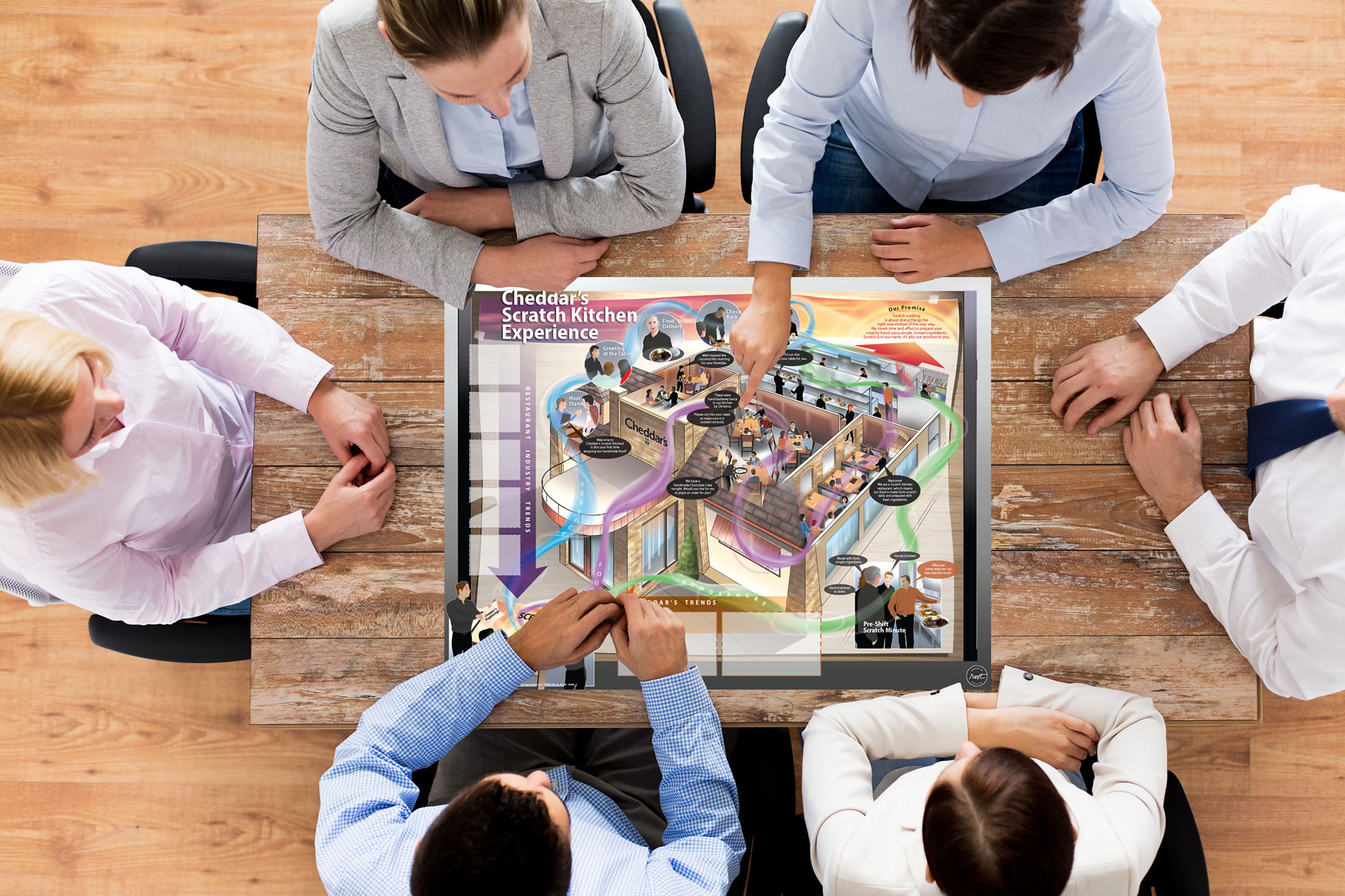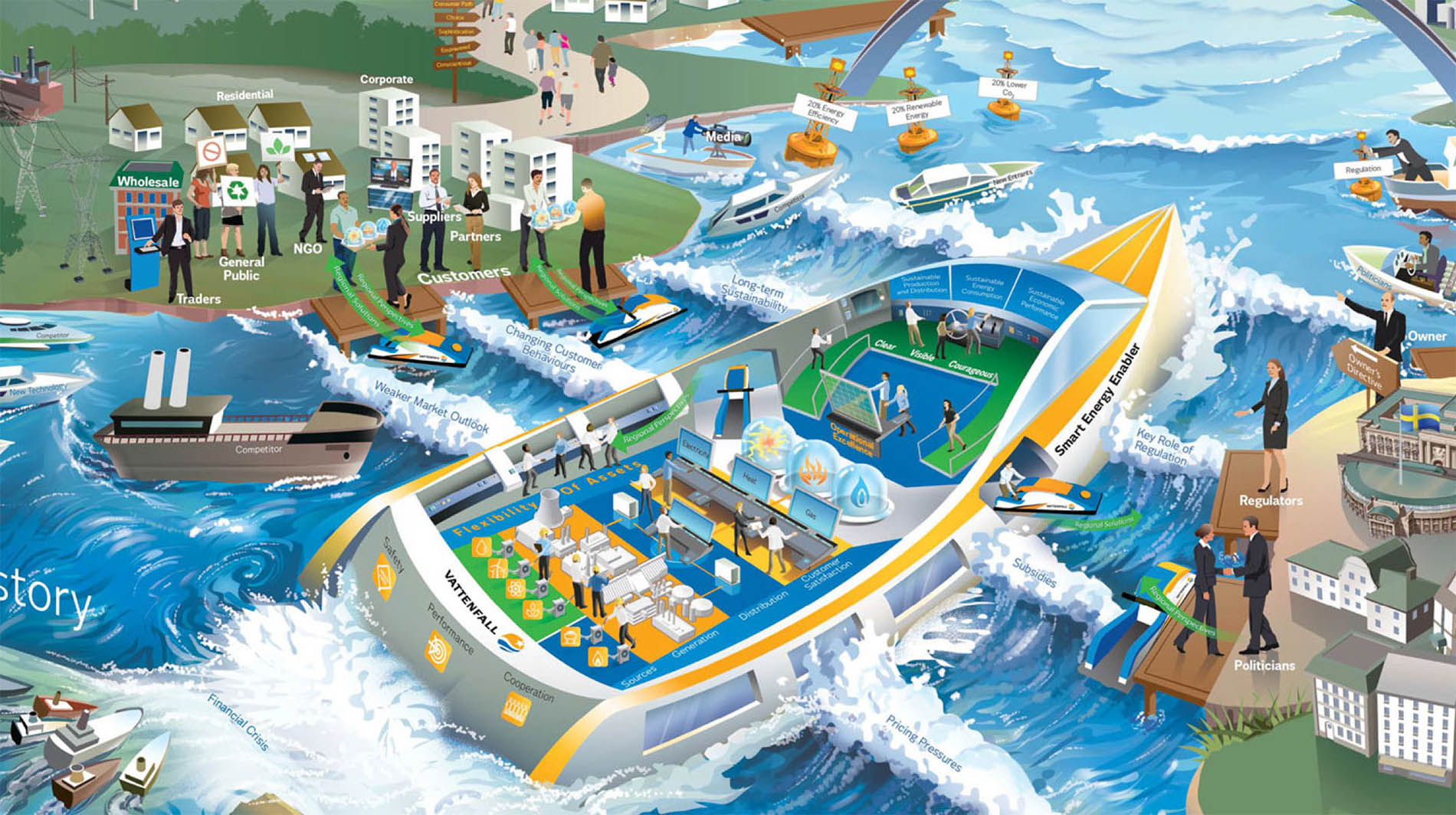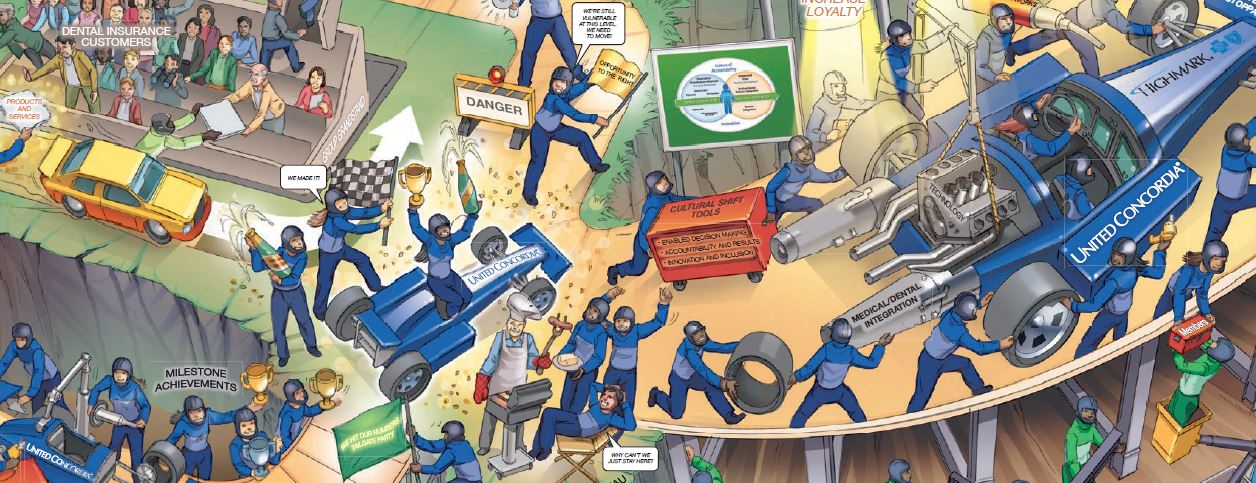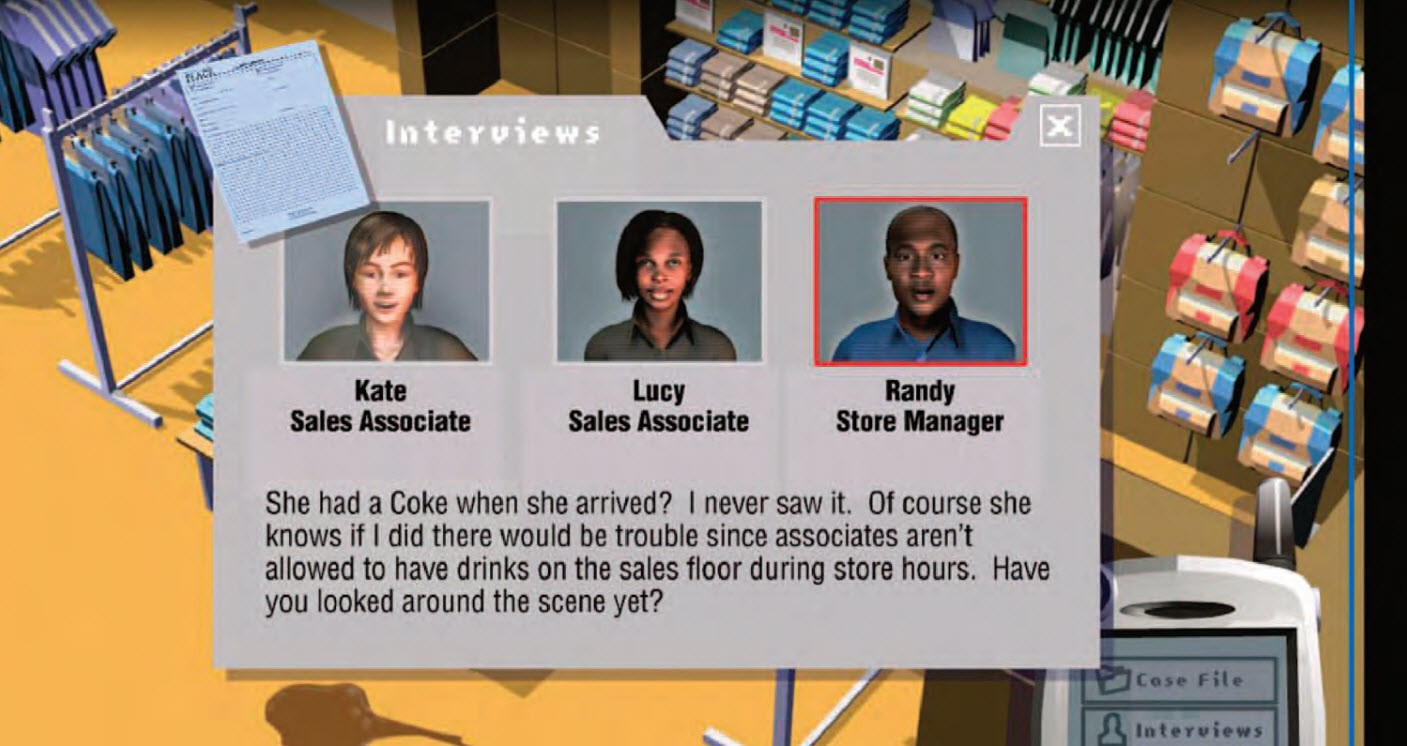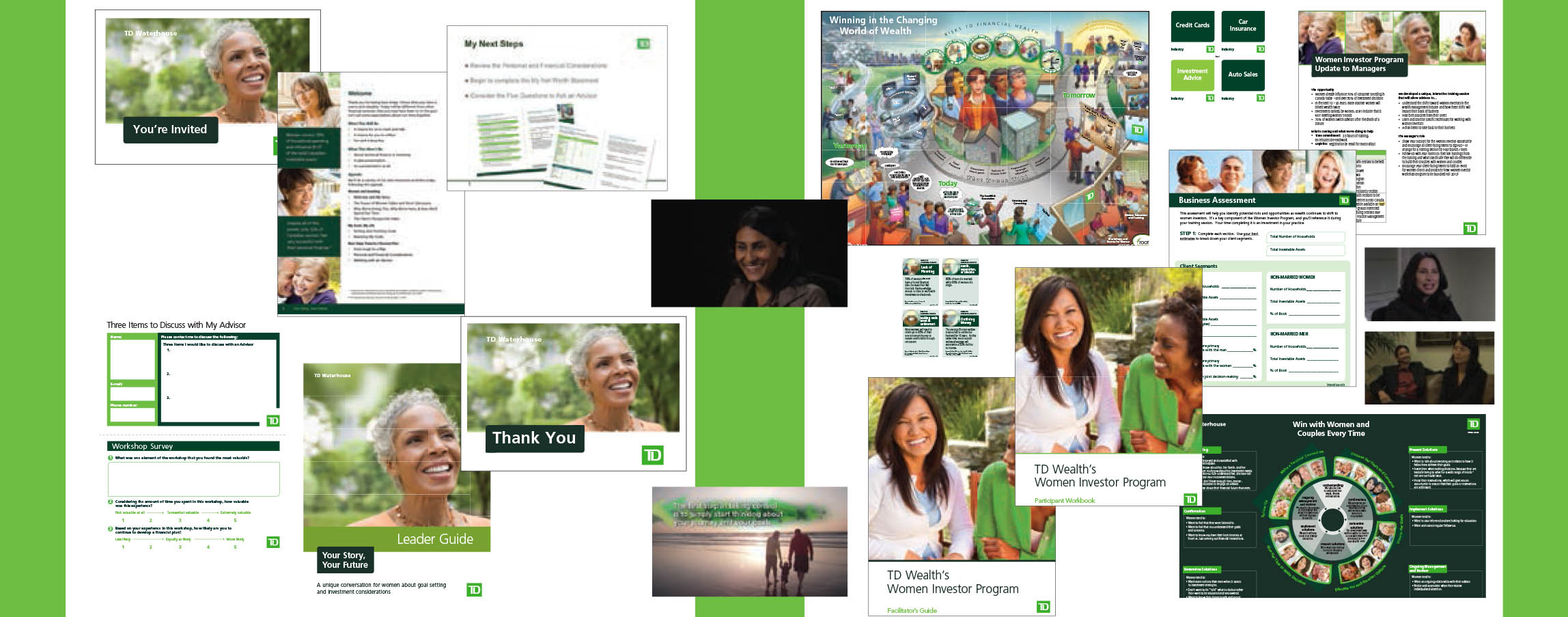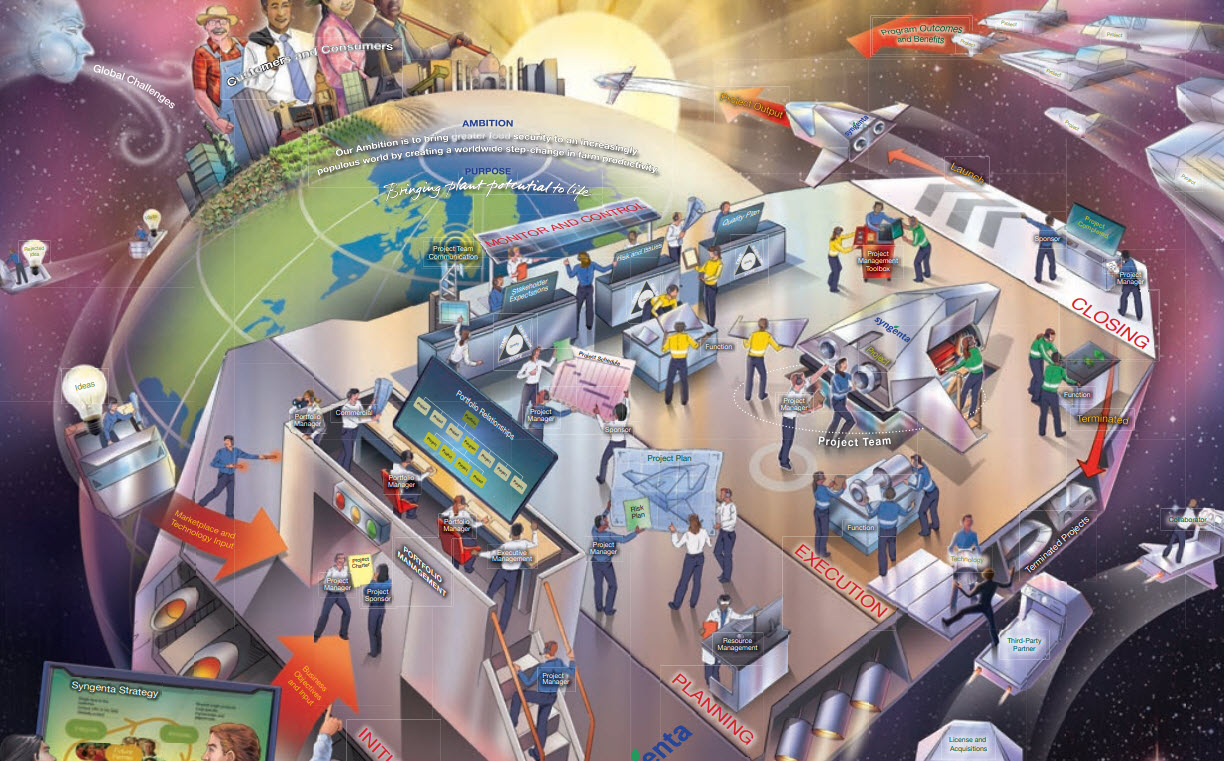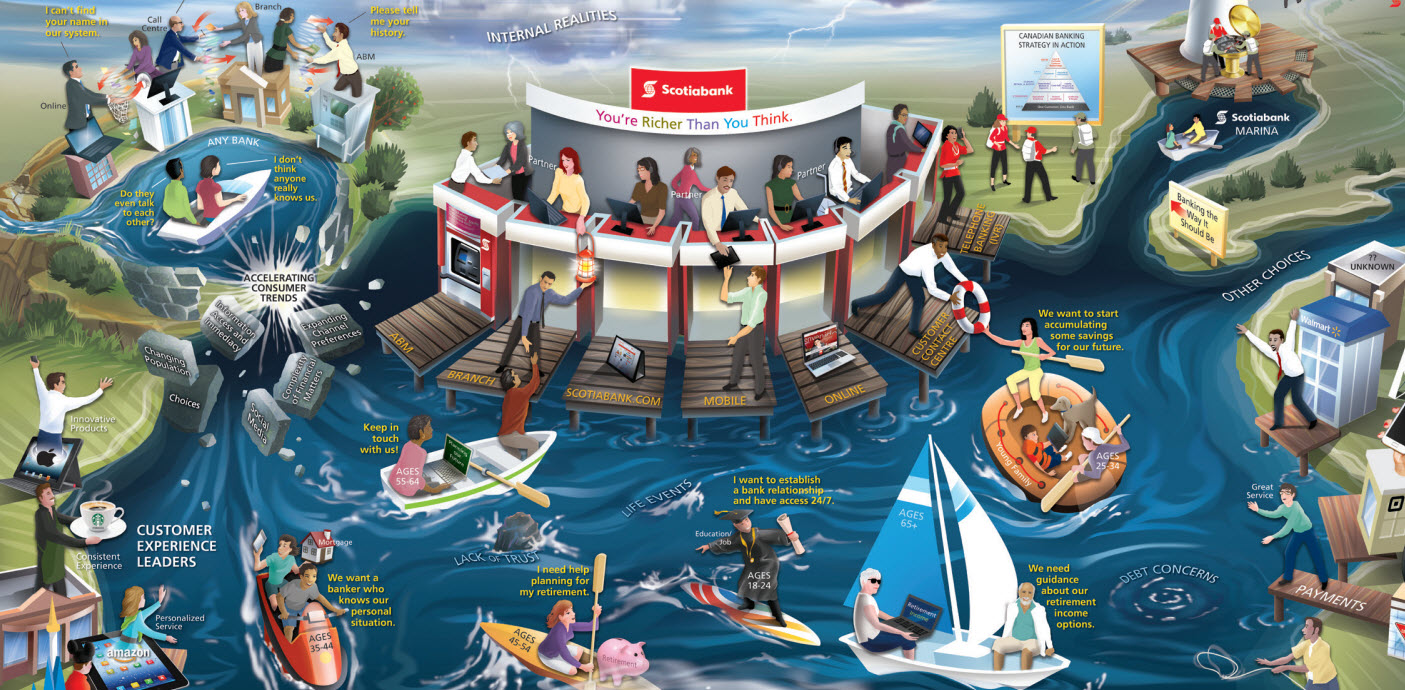
The Business Need
In an employee survey, people at FirstEnergy said that they wanted to know more about where the company was headed and what part they played in the business. Leadership contacted Root to design a program to help all employees better understand the changing utility industry, FirstEnergy’s strategies, and each employee’s contribution to its future success.
The Solution
Root crafted a solution to connect all employees to the company’s strategic direction. The process began in the Boardroom. Root conducted individual interviews with top executives to inform a Watercooler™ Sketch: a black-and-white visual that presented issues that had surfaced privately in the interviews, but had not been discussed by the group.
Additional tools and exercises were created for this alignment session to help the team:
- Articulate a clear, cohesive strategy.
- Identify behaviors that could prevent FirstEnergy from executing the strategy.
- Define ground rules to encourage constructive behaviors and conduct.
In addition to the work aligning top executives, four Learning Map® modules were created, including a “Big Picture” marketplace overview to set context for the company’s strategic direction and a “Strategy Map” that explored FirstEnergy’s response. The Strategy Map enabled participants to understand their role in executing goals and work in concert toward a common goal. In addition, FirstEnergy Ground Rules were quickly accepted as guidelines for business conduct.
Implementation
The project was launched with the top 200 leaders in the fall of 2005. In 2006, 300 trained facilitators rolled out the modules to more than 13,000 employees. Executives and local leaders attended every event. Employees said this sent a strong message about the executives’ commitment, and executives said they learned a lot by hearing directly from employees.
Results
Ellen Boyd, Employee Engagement Manager in the Talent Management Department of Human Resources, said, “As a result, our people report that they better understand the strategy and how they or their workgroups fit into the overall direction. The 2006 employee engagement survey supported this. For example, the percentage of employees who agreed with the statement ‘I can see a clear link between my job and company goals’ increased by more than 40%.” Other areas showed similar improvements in understanding and in overall engagement. Employee comments were equally enthusiastic: “It is so positive to see that upper management listened to us” and “I’ve been with FE for 30 years, and never have I felt more appreciated” and “Sessions like this have the amazing potential to educate, unify, and redefine the company culture.”
“But the greatest value that we’ve seen, over and over,” said Boyd, “is that we could learn from each other by bringing everyone together for these sessions.” And this was just the catalyst for growing a continuing culture of engagement at FirstEnergy.
Disruptive Methods Applied




